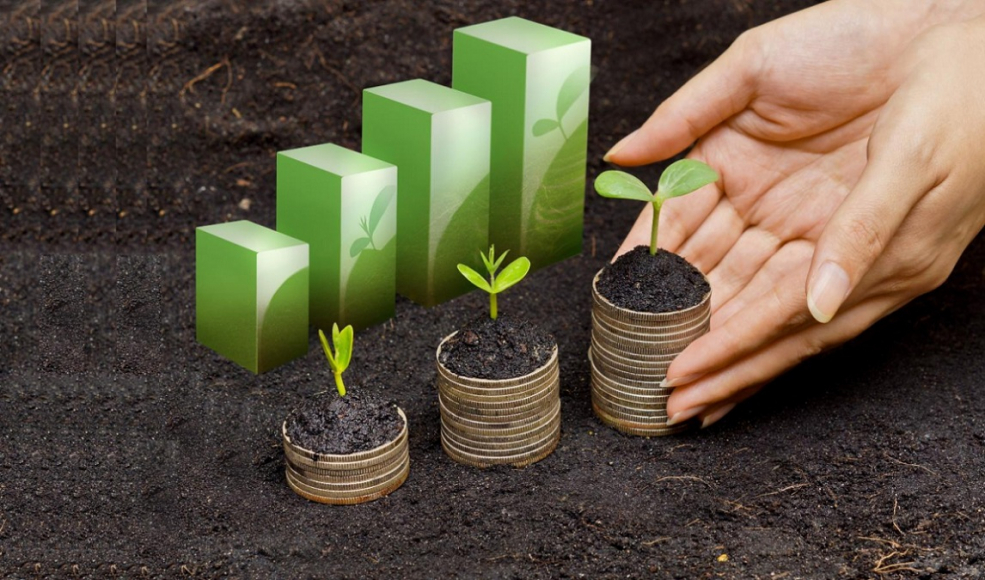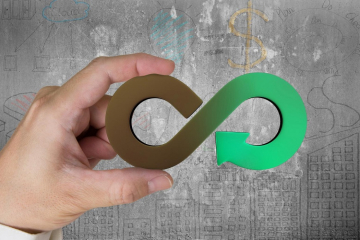From attracting new investors and meeting evolving consumer expectations to gaining a competitive advantage through innovation, there’s little doubt that embedding sustainability within your company’s overall strategy offers a wealth of business benefits—all while making the world a better place. In fact, in its “The Business Case for Eco-Innovation” publication, the United Nations Environment Programme (UNEP) reported that companies with a focus on eco-innovation are growing at an average rate of 15% annually.
But despite your best intentions to design, implement, and track sustainability programs that are highly effective, the question is: Are your sustainability initiatives really living up to their full business potential?
Since adding sustainability consulting to our breadth of services, Antea Group has partnered with executives and sustainability leaders at companies across an array of industries to help them uncover sustainability risks and opportunities—all with the goal of helping them achieve maximum sustainability ROI.
As a result of our work, some common opportunities for improvement have emerged. In this piece, we talk with Pamela Gordon, Senior Consultant and TFI-Antea Group Collaboration Leader, about three of those opportunities. With two decades of coaching and sustainability consulting under her belt, Gordon offers interesting insight and examples that your organization can leverage to drive business performance and sustainability success.
Opportunity 1: Recognizing internal blind spots
Even if your company has made its commitment to sustainability known by baking it into the overall business strategy and company culture, you aren’t immune to internal blind spots. To illustrate this point, Gordon shares a real-life example:
Years ago, I visited the headquarters of a large electronics company. I was already impressed with their operation when we visited the cafeteria. The cafeteria deeply reflected their sustainability model—there were no one-use implements and food waste was being composted. It was impressive.
But about a year later, I visited that company again and that was no longer the case. There were plastic utensils, one-use plates, plastic packaging, and the trash was overflowing. Of course, I asked the sustainability champion at the company: “What happened?”
While they thought their sustainability initiatives were comprehensive, when an opportunity came to change vendors, someone in procurement made what they thought was a sensible, cost-effective change. The problem? Sustainability principles were not part of the selection criteria—not to mention the fact that the company was already saving money with greener practices.
As you can see, internal blind spots can disrupt your sustainability initiatives. As a result, you need to make sure you’re drawing the internal circle wide enough to help ensure success.
Opportunity 2: Looking beyond company walls
While there are many forward-thinking companies that are pushing beyond their organizational boundaries to optimize value chains and enhance product stewardship, this is still an unrealized opportunity for most businesses. Why? Because many are narrowly focused on the sustainability aspects within their facilities alone, according to Gordon.
“From raw materials to distribution to what happens after use, in order to get the most ROI out of your sustainability initiatives, you have to look at the bigger picture—and that means enabling your suppliers and your customers to contribute and share in the benefits,” she says.
While it may be tempting to say that you can’t control your suppliers or your customers, from our perspective that’s far from the truth. You hold power and influence over your suppliers with the contracts you hold. As for your customers, you can offer them a benefit they didn’t have before by designing products with the entire lifecycle in mind.
Opportunity 3: Creating a comprehensive sustainability roadmap
Sustainability programs certainly require an investment of time, resources, and budget. But like any investment, the strategy needs to include measurable short-term and long-term goals, as well as the right key performance indicators (KPIs) and tactics that will guide your path.
Of course, the common question for many is: “Where do I start?” Here’s what Gordon had to say on the subject:
Through our sustainability leadership consulting work, we coach executives to develop long-term high-sustainability roadmaps that include both monetary elements (i.e. cost savings and new revenues) as well as environmental metrics (i.e., reducing unnecessary use of materials, energy, water, and transportation).
This begins with conducting a materiality assessment to uncover what has the best immediate and future potential for environmental and business gains. From there, these opportunities are vetted and plotted across the roadmap, which then serves as a measurement and benchmarking tool and as a guide.
While developing your roadmap will absolutely require time, effort, and resources—it’s a necessary investment to help ensure your business goals and sustainability initiatives are working together in harmony to drive shared value.
If you don’t have the internal resources or expertise, consider partnering with a sustainability consulting firm. A firm’s team of consultants offer broad-based knowledge and expertise, as well as objectivity that can help uncover opportunities or risks that you may have missed.
Drive Sustainability ROI
As the realities of climate change reveal themselves more and more each day, it’s time to dig deep to determine whether your sustainability initiatives are making a difference for the world and your bottom line.
Read up on how several forward-thinking companies are rewriting their sustainability challenges by embracing circular economy principles.
Want more news and insights like this?
Sign up for our monthly e-newsletter, The New Leaf. Our goal is to keep you updated, educated and even a bit entertained as it relates to all things EHS and sustainability.
Get e-NewsletterHave any questions?
Contact us to discuss your environment, health, safety and sustainability needs today.





